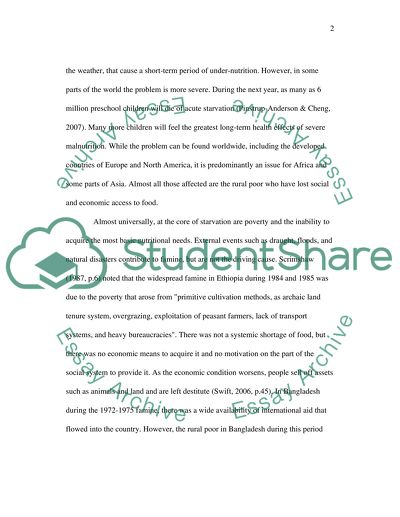Cite this document
(“Famine Essay Example | Topics and Well Written Essays - 2000 words”, n.d.)
Famine Essay Example | Topics and Well Written Essays - 2000 words. Retrieved from https://studentshare.org/miscellaneous/1503840-famine
Famine Essay Example | Topics and Well Written Essays - 2000 words. Retrieved from https://studentshare.org/miscellaneous/1503840-famine
(Famine Essay Example | Topics and Well Written Essays - 2000 Words)
Famine Essay Example | Topics and Well Written Essays - 2000 Words. https://studentshare.org/miscellaneous/1503840-famine.
Famine Essay Example | Topics and Well Written Essays - 2000 Words. https://studentshare.org/miscellaneous/1503840-famine.
“Famine Essay Example | Topics and Well Written Essays - 2000 Words”, n.d. https://studentshare.org/miscellaneous/1503840-famine.


